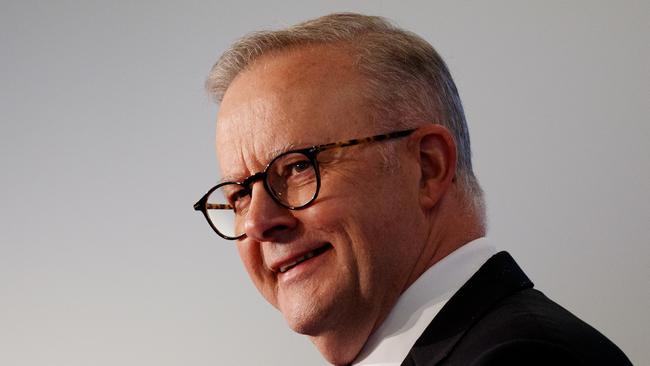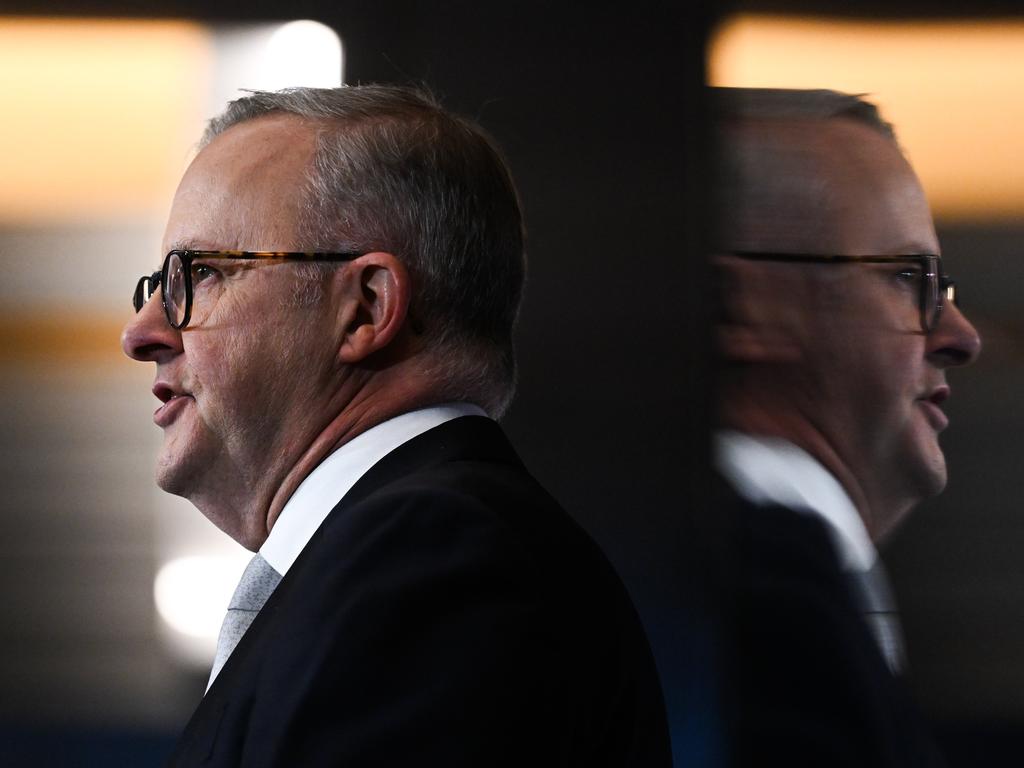
Existing manufacturers can look forward to a continuation of rising energy costs and shortages of the cheap fuels that have long given Australia its competitive advantage. The focus of government will be on encouraging new industries the world has judged will only come about if they are part-funded by government.
There is no certainty Australia will be better at creating a profitable industry to make the green goods we currently import more cheaply from elsewhere. This is particularly so given the high energy costs involved in making them and the fact our competitors in Asia, not just China, are building more of the low-cost, long-lasting baseload power stations we are determined to close.
There is a danger the grand idea to develop a hydrogen economy that will provide liquid fuel exports to replace gas as well as the feedstock needed for the production of green steel and other products is just an excuse to overbuild renewable energy plants that will sometimes produce more power than is needed but often times none at all. The “made in Australia” push must therefore be judged alongside the federal government’s promise to guarantee the profits of future renewable energy projects through its capacity mechanism with no detail on how this will work.
Electricity industry experts warn higher energy prices are all but guaranteed as a result of the high targets and fast approach being taken. A large part of this is because of the ideological set against gas, a fuel recognised by most of the world as the logical transitional fuel to a low-emissions power generation system.
A real “made in Australia” policy would prioritise gas because it boasts lower emissions than coal, can stabilise electricity prices and is what energy-hungry industry most needs. The spot gas price in the US, which parades its climate change ambitions while simultaneously expanding its fossil fuel production, is currently at a historic low of $US1.49 per million Btu. In Australia, it is about $9 a gigajoule (1.055 million Btu). The difference is the availability of plentiful supplies of gas on the domestic market, above what export terminals can handle.
Economists well know it is not possible for a nation to subsidise its way to prosperity. The more likely outcome is crony capitalism that sucks scarce resources to industries and endeavours that otherwise could not compete. Add layers of bureaucracy and inefficient government delivery, which currently define the renewable energy transition, and the outcome is likely to be the worst of all possible worlds. A loss of existing capacity and nothing much to show for it but good intentions and debt.








There is a clear sleight of hand at the core of the Albanese government’s promise of a “made in Australia” future. The Prime Minister has adopted a well-known and popular political slogan that bemoans the fact not enough is produced in Australian factories by Australian workers. But the Future Made in Australia policy is not about making it possible for existing manufacturers to expand and employ more people. In fact, the opposite is true.